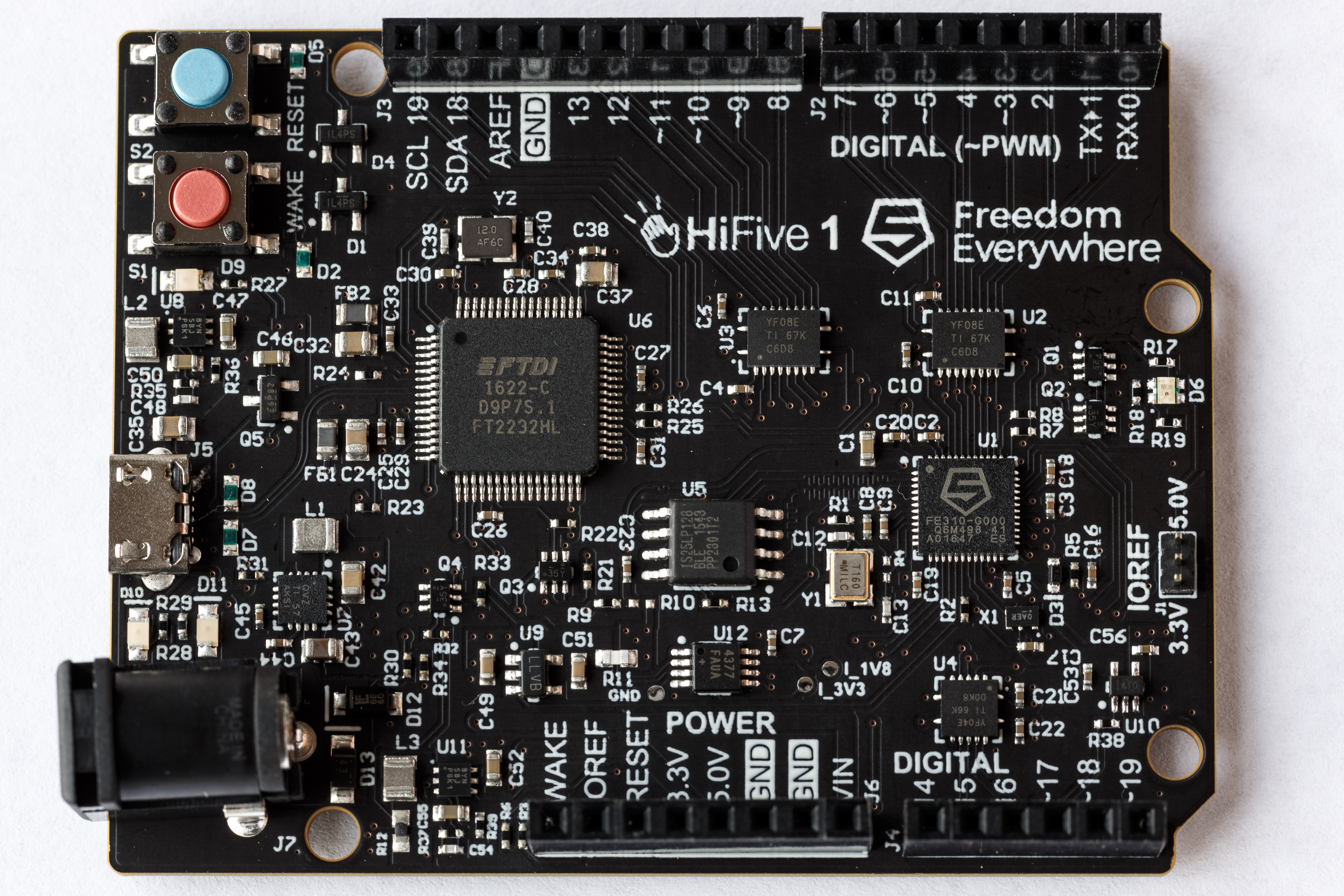BY MAJEED AHMAD
The semiconductor industry is at a crossroads amid the rising cost of design and production of chips, and in this backdrop and an unprecedented consolidation wave, open-source hardware comes across as a tempting prospect. But the million-dollar question is how to get there?
Open-source software environments like Linux allow designers to code the actual product, and that's not possible in the silicon world. Startup SiFive claims that it has an answer in what it calls the Linux of microprocessors; RISC-V is a free, open, and extensible instruction set architecture (ISA) that has been pioneered by the company's founders at the University of California, Berkeley.
The San Francisco, CA-based startup is helping to build system-on-chip (SoC) platforms around RISC-V processor cores and its own IPs as well as third-party IPs. SiFive integrates RISC-V cores with design IPs in a “chip-as-a-service” model that relies on the premise that basic parts in an SoC — 80% to 90% — are common.
“It's all about adding customization,” says Yunsup Lee, SiFive's co-founder and chief technology officer. Lee was part of the team at Berkeley that developed the RISC-V architecture, which is now managed by the RISC-V Foundation, a non-profit organization tasked to foster the open-source hardware community around this free instruction set.
Lee and his comrades at SiFive want to democratize the access to custom silicon by creating new economic drivers for the chip industry. The firm is offering custom chips as a service while leveraging the open-source hardware facilitated by RISC-V processor cores. “Not everybody has access to custom silicon,” Lee added. “Moreover, ARM and x86 processor platforms are too big for a six-person team.”

SiFive's $59 Arduino board is aimed at creating custom silicon for the maker community.
SiFive's business model
It's a whole new chip design landscape in which SiFive is aiming to bridge the gap between open-source hardware and commercial silicon production. The SiFive story isn't merely about open-source hardware, but also how custom silicon can be implemented in a viable business model.
SiFive — along with integrating free RISC-V core — provides customer-specific hardware along with standard interfaces. Moreover, it provides software tools and processes needed to build a chip. The entire chip is tested and packaged before handing it over to the customer.
So is it about time for the open-source silicon? Jack Kang, SiFive’s vice president of product and business development, says that the open-source hardware movement is just begging for commercial realization and SiFive is striving to remove barriers in its way.
SiFive has recently launched its first open-source SoC — Embedded Everywhere 310 or FE310 — for IoT applications. It comes with a $59 Arduino development board — HiFive1 — for developing custom microcontrollers. SiFive is also making available the RTL code of the FE310 SoC so that designers can build their own chips on top of the base FE310.
Find out more about SiFive's first open-source RISC-V SoC here.
Advertisement
Learn more about Electronic Products Magazine





